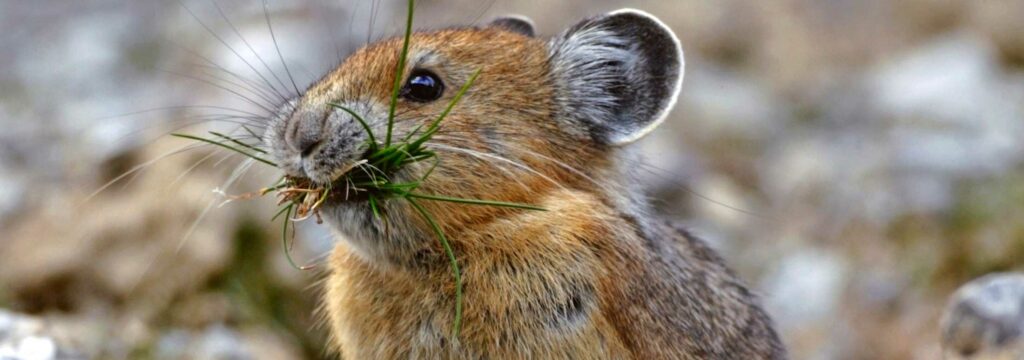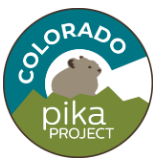Community Science

What is Community Science?
Community science, also known as citizen science, involves the participation of volunteers from the general public in scientific research. Community members work alongside scientists to collect data, analyze results, and contribute to scientific knowledge, often through online platforms or mobile apps.
Cost: Our Community Science projects are generally free of charge. Please consider donating to Walking Mountains Science Center or to our various partners.
What are the benefits of participating in community science projects?
- Contributing to scientific research: Community science projects provide an opportunity for individuals to contribute to scientific research and help answer important questions.
- Learning new skills: Participants can learn new skills related to scientific research, data collection, and data analysis.
- Increasing scientific literacy: By participating in community science projects, individuals can increase their understanding of scientific concepts and processes.
- Fostering community engagement: Community science projects can bring people together around a common goal and foster a sense of community.
- Addressing real-world problems: Community science projects often focus on real-world issues, such as environmental degradation, climate change, and public health, and can help inform solutions to these problems.
- Promoting equity and inclusion: Community science projects can promote equity and inclusion by involving individuals and communities that may be underrepresented in traditional scientific research.
- Encouraging civic engagement: By participating in community science projects, individuals can become more engaged in civic activities and contribute to the public good.

Colorado Pika Project
What is a pika?
A pika is a small mammal that belongs to the family Ochotonidae. Pikas are closely related to rabbits and hares and are sometimes called “rock rabbits” or “coneys”. They are found in high-elevation mountain habitats in Asia, North America, and parts of Europe.
Pikas have round ears, a short tail, and a stocky build. They are typically gray or brown in color and have thick fur that helps to insulate them in their alpine environments. Pikas are herbivores and feed on a variety of vegetation, including grasses, sedges, and wildflowers.
Pikas are considered a “climate-sensitive” species because they are particularly sensitive to changes in temperature and snowpack. As global temperatures rise, pikas may be forced to migrate to higher elevations to escape the heat. The American pika, which is found in the western United States, has been identified as a species of concern due to declining populations in some areas.
What is the Colorado Pika Project?
The Colorado Pika Project is a research project implemented by community scientists across Colorado. Through long-term monitoring of pika populations, we are not only providing useful data to researchers and land managers, but we are doing so in a way that educates and engages Coloradans in conservation and the local impacts of climate change.
Walking Mountains helps support this project by hosting outings where we go out as a group to a site and go through the protocols together. Colorado Pika Project also hosts stand-alone trainings that provide everything you need to know about participating in the project.
Colorado Alpine EcoFlora Project
The Colorado Alpine EcoFlora Project is a community-science botany project powered by iNaturalist, the free, easy-to-use nature identification app. Everyone is welcome to join!
The two goals of this project are to:
Increase awareness of and appreciation for alpine plants in Colorado, engage the public, and empower the next generation of botanists.
Obtain research-grade observational data from around the state that will help us understand distributions of alpine plants, their phenologies, and even help us identify some areas where we should focus our conservation efforts.
Walking Mountains helps support this project by taking groups on outings into the alpine to make observations of the alpine plants that are growing there. Enjoy beautiful views and some unique alpine flora!
Upcoming Community Science Events
